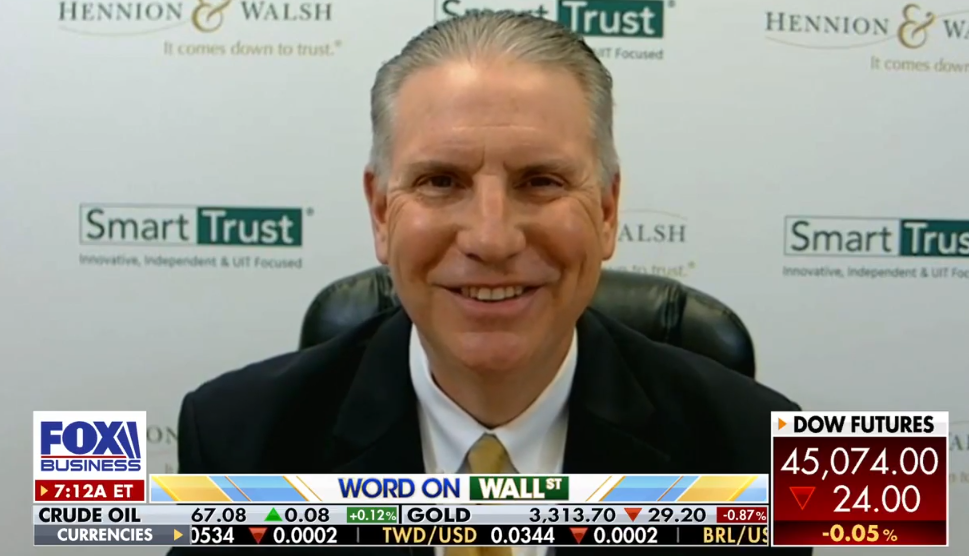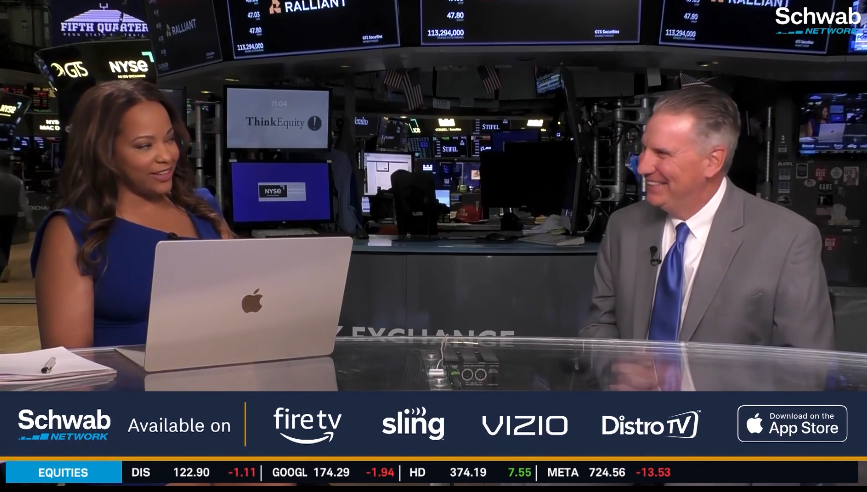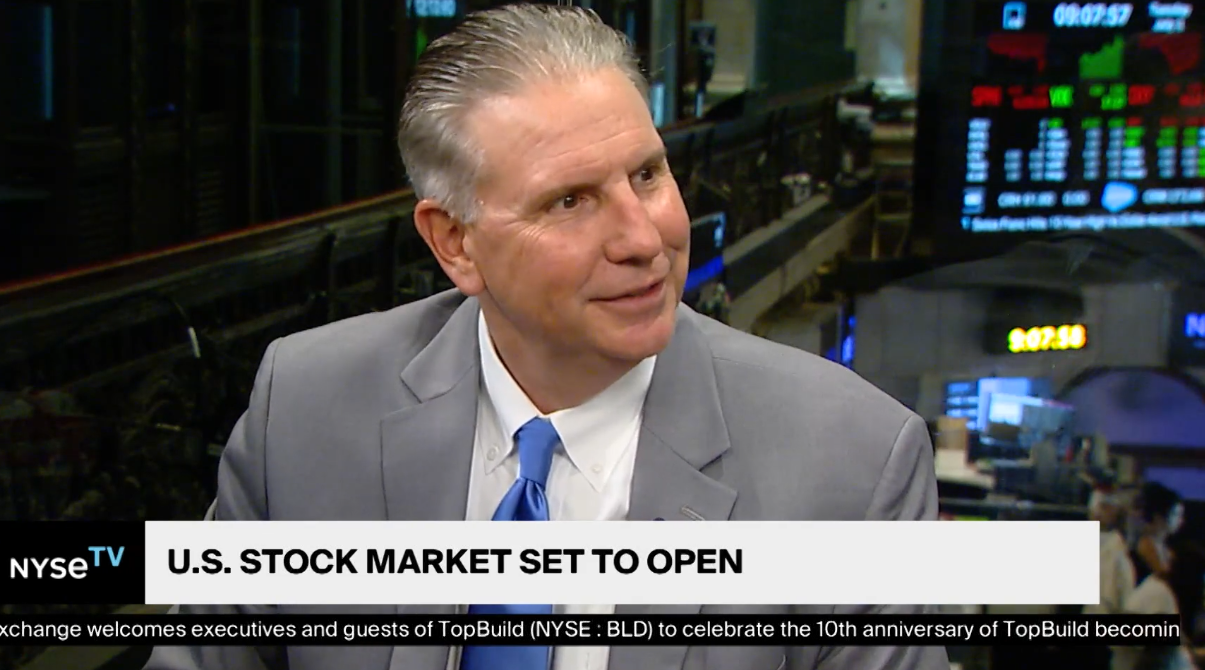
First Half Ends Slower

Last Week’s Markets in Review: First Half Ends Slower
Global equity markets finished mixed for the week. In the U.S., the S&P 500 Index closed the Week at a level of 5,460, representing an decrease of 0.06%, while the Russell Midcap Index moved -0.68% last Week. Meanwhile, the Russell 2000 Index, a measure of the Nation’s smallest publicly traded firms, returned 1.33% over the Week. As developed international equity performance and emerging markets were higher, returning 0.36% and 0.04%, respectively. Finally, the 10-year U.S. Treasury yield moved lower, closing the week at 4.40%.
In May, the U.S. Federal Reserve’s favored inflation measure aligned with forecasts, maintaining hopes that interest rates might decrease sooner than policymakers projected. The core Personal Consumption Expenditures (PCE) Price Index, which excludes volatile energy and food prices, rose by 2.6% year-over-year, a slowdown from April’s 2.8% rate. Monthly core PCE inflation increased by 0.1%, compared to a 0.2% rise in April. The headline 12-month figure stood at 2.6%, down from April’s 2.7%. Additionally, the PCE remained flat in May after a 0.3% increase in April, marking the first instance in six months where consumer prices did not rise.
The American economy grew at an annual rate of 1.4% from January to March, the slowest quarterly growth since 2022, according to a revised government report released Thursday. Consumer spending rose by only 1.5%, down from an earlier estimate of 2%, suggesting that high interest rates may be impacting economic activity. The Commerce Department’s previous estimate had placed gross domestic product (GDP) growth at 1.3% for the first quarter. This GDP increase marks a significant slowdown from the robust 3.4% growth seen in the last quarter of 2023. Despite the slower growth, the report highlighted that the January through March deceleration was primarily due to a rise in imports and a reduction in business inventories. While still significant, it is important to note that these two factors are highly variable and are not a crucial determinant of economic health.
Happy 4th of July!
Equity Market, Fixed Income returns, and rates are from Bloomberg as of 6/28/24 Economic Calendar Data from Econoday as of 7/1/24. GDP data sourced from the Commerce Department on 6/27/24. PCE data sourced from the Bureau of Economic Analysis on 6/28/24. International developed markets are measured by the MSCI EAFE Index, emerging markets are measured by the MSCI EM Index, and U.S. Large Caps are defined by the S&P 500 Index. Sector performance is measured using the GICS methodology.
Disclosures: Past performance does not guarantee future results. We have taken this information from sources that we believe to be reliable and accurate. Hennion and Walsh cannot guarantee the accuracy of said information and cannot be held liable. You cannot invest directly in an index. Diversification can help mitigate the risk and volatility in your portfolio but does not ensure a profit or guarantee against a loss.



